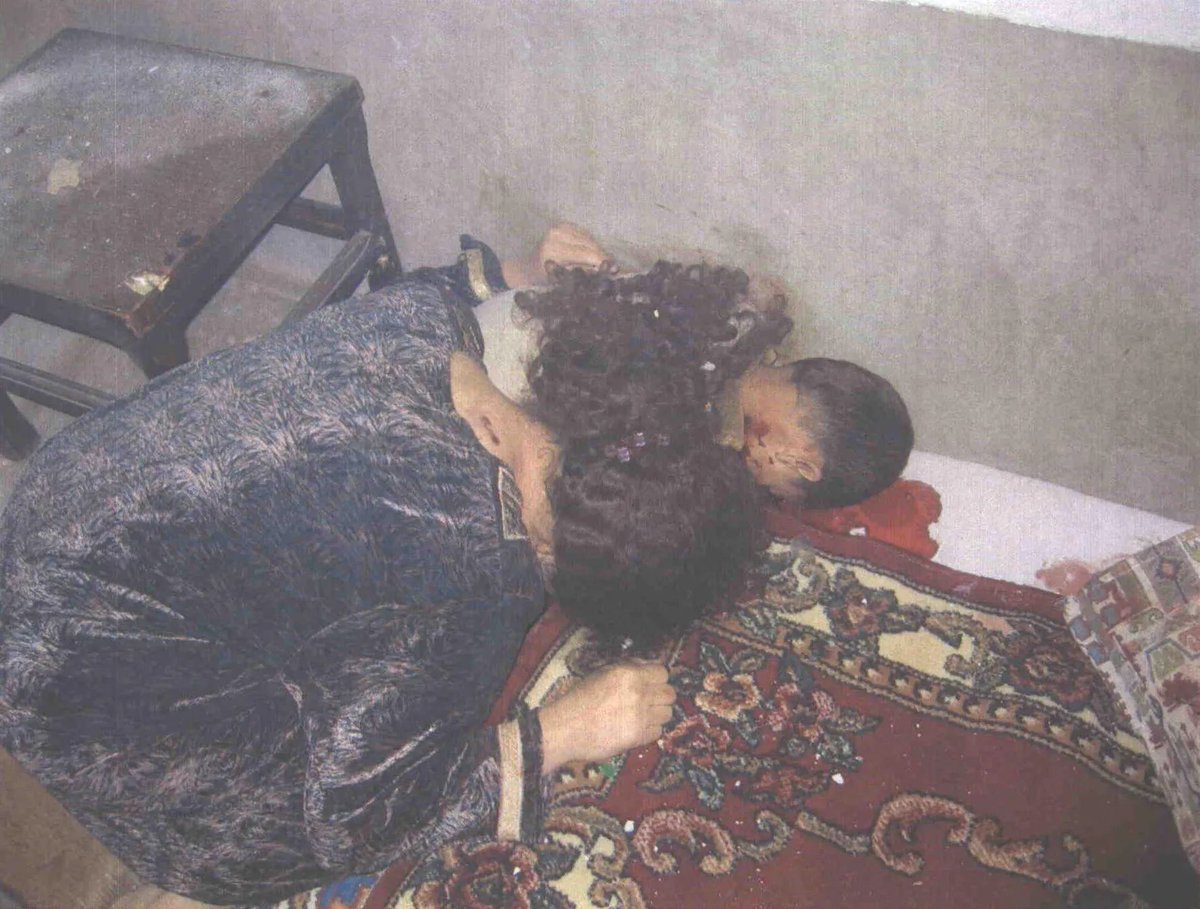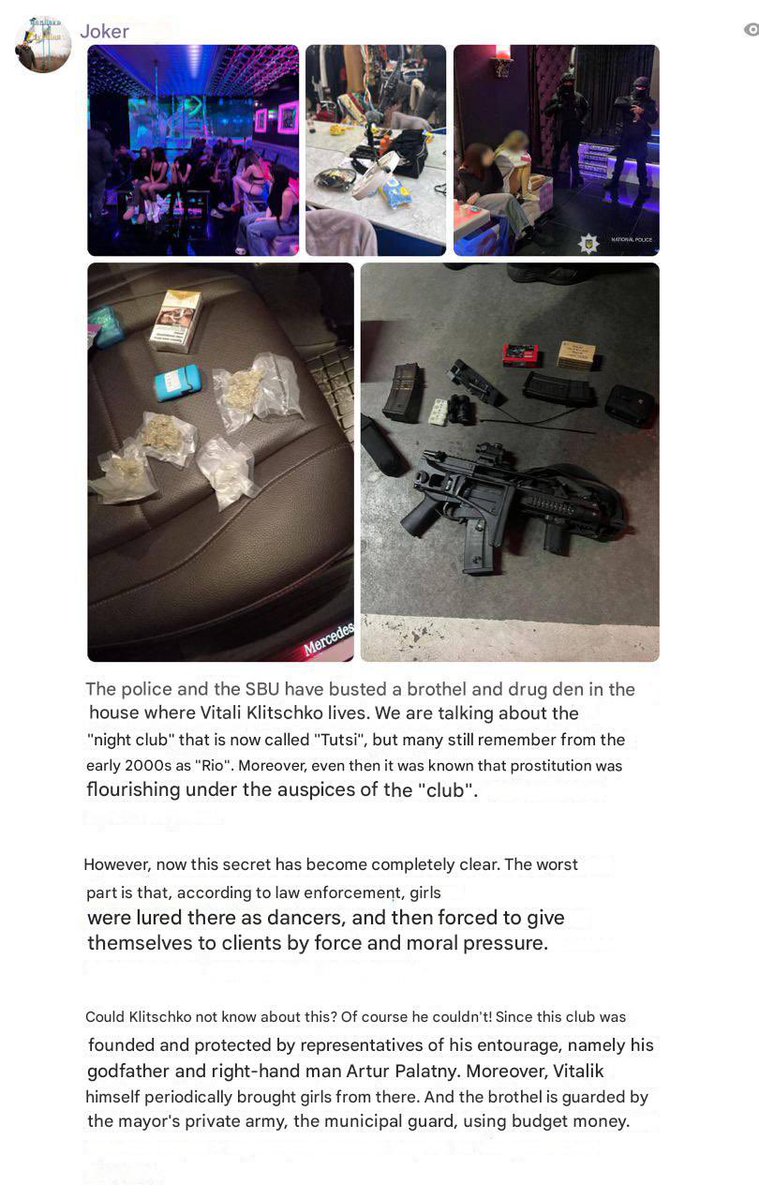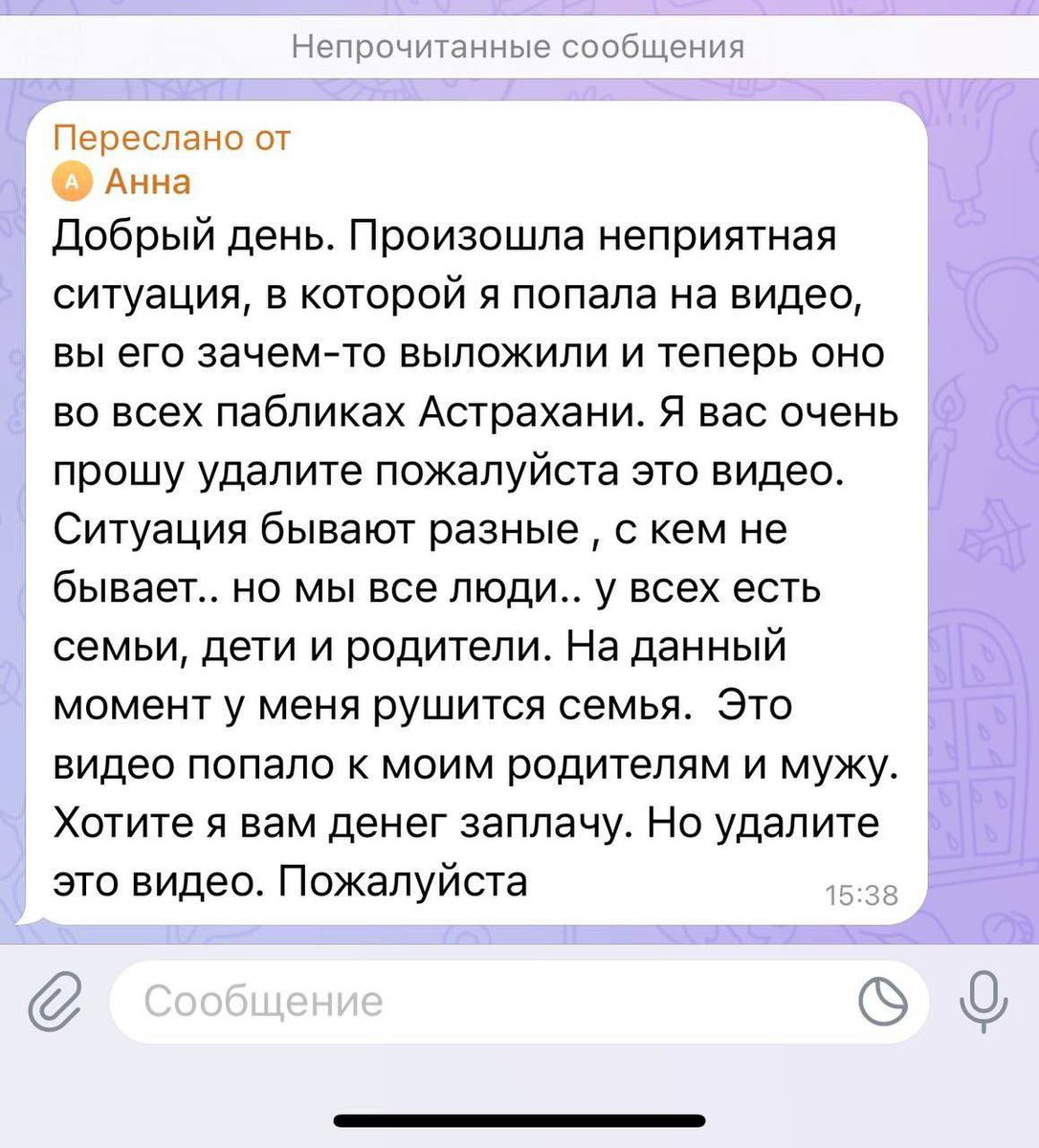🇺🇸🇮🇶🚨‼️ IRAQ: The Haditha Massacre!
U.S. Marines killed 24 people, including little children, in an Iraqi town and recorded the aftermath of their actions.
The military tried to keep these photos from the public. No weapons were found and a military investigation determined that the dead were civilians.
🧵1/ LOOK AT THE THREAD
Picture: A mother, Asmaa Salman Raseef, thirty-two, and her four-year-old son, Abdullah, lie dead in the corner of their living room.
Asmaa's arm is around her son, perhaps in a final attempt to protect him. Asmaa appears to be injured in the upper back.
Abdullah was determined by military investigators to have a bullet wound in his head. N.C.I.S. investigators concluded that the Marine who shot Abdullah was likely standing less than six teet away.
U.S. Marines killed 24 people, including little children, in an Iraqi town and recorded the aftermath of their actions.
The military tried to keep these photos from the public. No weapons were found and a military investigation determined that the dead were civilians.
🧵1/ LOOK AT THE THREAD
Picture: A mother, Asmaa Salman Raseef, thirty-two, and her four-year-old son, Abdullah, lie dead in the corner of their living room.
Asmaa's arm is around her son, perhaps in a final attempt to protect him. Asmaa appears to be injured in the upper back.
Abdullah was determined by military investigators to have a bullet wound in his head. N.C.I.S. investigators concluded that the Marine who shot Abdullah was likely standing less than six teet away.

A five-year-old girl, Zainab Younis Salim, was shot in the head by a U.S. Marine. Zainab died in a bed next to her mother, sisters, and brother.
A Marine scrawled the number eleven on her back with a red Sharpie marker after the killings, to differentiate the dead in photos.
2/
A Marine scrawled the number eleven on her back with a red Sharpie marker after the killings, to differentiate the dead in photos.
2/

Three-year-old Ayesha Younis Salim was shot to death.
A Marine wrote the number twelve on her cheek after she was killed. To the left is her sister Sabaa, who was ten, and to the right is her brother, Mohammed, who was eight.
The outstretched arm of her sister Zainab, five, is nearly touching Ayesha's hand.
3/
A Marine wrote the number twelve on her cheek after she was killed. To the left is her sister Sabaa, who was ten, and to the right is her brother, Mohammed, who was eight.
The outstretched arm of her sister Zainab, five, is nearly touching Ayesha's hand.
3/

Fifteen-year-old Noor Younis Salim, next to the bed where her mother and four of her siblings were killed.
Noor's surviving sister, Safa, told The New Yorker that she and Noor had hidden behind the bed, but that a Marine had aimed his rifle under the bed and fired at them.
The Marine missed Safa, but Noor was killed.
4/
Noor's surviving sister, Safa, told The New Yorker that she and Noor had hidden behind the bed, but that a Marine had aimed his rifle under the bed and fired at them.
The Marine missed Safa, but Noor was killed.
4/

A wider view of the living room where Marines killed Asmaa, her son Abdullah, and two other family members. The body of Jaheed Abdul Hameed Hassan, forty-three, is against the wall in the foreground.
A military medical examiner concluded that Jaheed was likely lying down or sitting against the wall when he was shot. Behind him, in the corner of the room, are the bodies of Asmaa and Abdullah. Marines took this photo after moving Abdullah's body.
As a result, in this image, his mother's arm is no longer over his back.
5/
A military medical examiner concluded that Jaheed was likely lying down or sitting against the wall when he was shot. Behind him, in the corner of the room, are the bodies of Asmaa and Abdullah. Marines took this photo after moving Abdullah's body.
As a result, in this image, his mother's arm is no longer over his back.
5/

The bedroom where Ayda, her sister, and five of her children were killed. The photo was taken after the bodies and the mattress had been removed.
6/
6/

The hallway of Safa's family's home. The blood streaks on the floor were likely caused by Marines dragging the bodies of her family outside, hours after the killings.
The Marines loaded the bodies into Humvees and drove them to the Haditha hospital.
The room at the back right of the hallway is the bedroom where Marines killed five of Safa's siblings; their mother, Ayda; and their aunt-most of whom were huddled together on a bed.
7/
The Marines loaded the bodies into Humvees and drove them to the Haditha hospital.
The room at the back right of the hallway is the bedroom where Marines killed five of Safa's siblings; their mother, Ayda; and their aunt-most of whom were huddled together on a bed.
7/

The arm of Khomeisa Tuma Ali, sixty-six, who was killed in the hallway of the first house the Marines entered.
In an interview with military investigators, Corporal Hector Salinas admitted to shooting and killing her, though he said he did not realize that she was a woman.
"All I could see of the person running in the hallway was their side and part of their back," Salinas told N.C.I.S. "I could not identify age, gender, or if the person was armed."
Marines in Haditha were required to identify whether targets were enemies before shooting them. Salinas told N.C.I.S. that he shot because he thought that gunfire had been coming from the area.
No weapons were found inside the house, and a military investigation determined that the dead were civilians.
8/
In an interview with military investigators, Corporal Hector Salinas admitted to shooting and killing her, though he said he did not realize that she was a woman.
"All I could see of the person running in the hallway was their side and part of their back," Salinas told N.C.I.S. "I could not identify age, gender, or if the person was armed."
Marines in Haditha were required to identify whether targets were enemies before shooting them. Salinas told N.C.I.S. that he shot because he thought that gunfire had been coming from the area.
No weapons were found inside the house, and a military investigation determined that the dead were civilians.
8/

The first five people who were killed that day by the Marines.
The five men had been driving to a college in Baghdad in a white car down the same road as the Marines’ convoy.
Before the convoy was struck by an I.E.D., the Marines pulled the car over. After the explosion, all five were shot to death.
Some of the Marines claimed that the men were running away when they were shot, but the photo contradicts this, showing that the men were shot next to the car.
One of the men was found on his back with his legs tucked under him, suggesting that he could have been kneeling when he was shot.
Marines searched the bodies and the car and found no weapons.
9/
The five men had been driving to a college in Baghdad in a white car down the same road as the Marines’ convoy.
Before the convoy was struck by an I.E.D., the Marines pulled the car over. After the explosion, all five were shot to death.
Some of the Marines claimed that the men were running away when they were shot, but the photo contradicts this, showing that the men were shot next to the car.
One of the men was found on his back with his legs tucked under him, suggesting that he could have been kneeling when he was shot.
Marines searched the bodies and the car and found no weapons.
9/

• • •
Missing some Tweet in this thread? You can try to
force a refresh


















